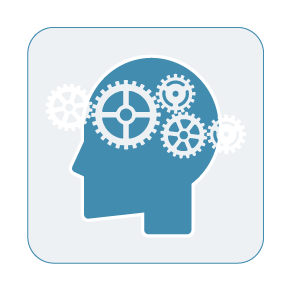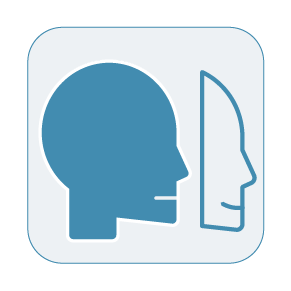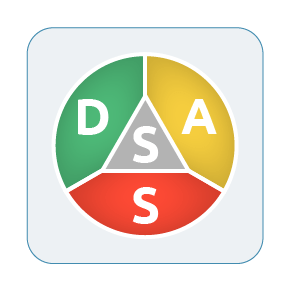Tests
Since the beginning of the 20th century, the study of personality or personalities has been at the center front of psychology and neurological studies. The reasons for this interest may vary.
Many scientists believe it is possible to predict the behavior development of someone based on their personality, others focus more on the healthy aspect of the mind and wish to find if certain types of personalities are more prone to mental disorders, for example.
Outside the scientific community, the interest is also notable. Many people simply wish to know more about themselves while companies and employers believe more and more that knowing someone’s personality can help them better assess if a potential employee is suitable for the work environment and the tasks they are applying for.
The tests we provide cover these two dimensions: the professional and the personal one. The Personality Test is based on the Big 5 model, the theory that is more widely accepted and used within the scientific community1.
As for the Skills Test, it was designed based on the theory of the Great 8, developed by Bartram2, who created a model intended to predict performance and organizational efficiency through the assessment of behavioral aspects. These aspects include personality traits, motivation, interests, and abilities.
Skills
 Skills Test
Skills Test
Personality Test
 Personality Test
Personality Test
 PAPI Test
PAPI Test
Other Tests
 DASS-21 Test
DASS-21 Test
References:
1 Gomes, C., & Golino, H. (2012). Relações Hierárquicas entre os Traços Amplos do Big Five. Psicologia: Reflexão e Crítica, 25(3), 445-456; John, O., Naumann, L., & Soto, C. (2008). Paradigm shift to the integrative Big-Five trait taxonomy: history, measurement, and conceptual issues. In O. John, R. Robins, & L. Pervin (Eds.), Handbook of personality: theory and research (pp. 114-158). New York, NY: Guilford Press; Costa, P., & McCrae, R. (1992). Normal personality assessment in clinical practice: the NEO Personality Inventory. Psychological Assessment, 4(1), 5-13. doi: 10.1037/1040- 3590.4.1.5
2 Bartram, D. (2002). The SHL Corporate Leadership Model: SHL White Paper. Thames Ditton: SHL Group.